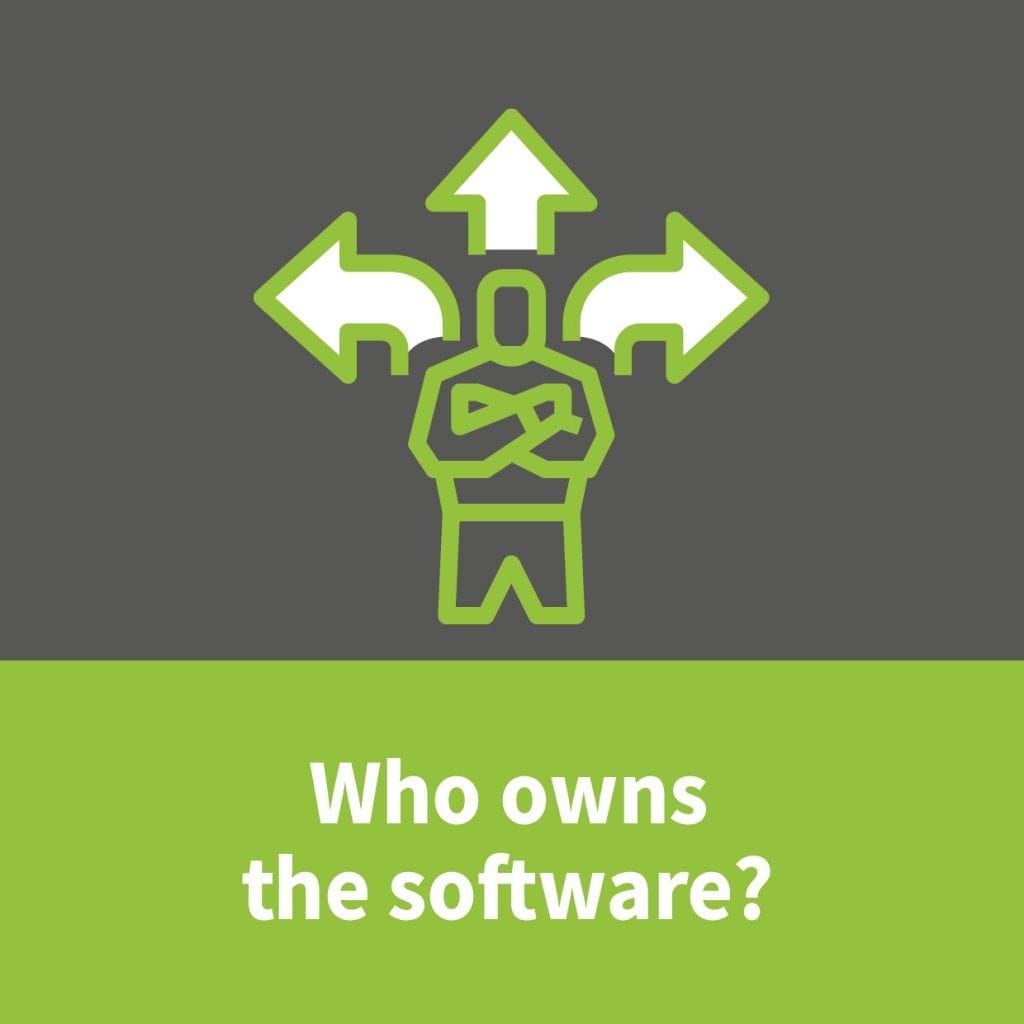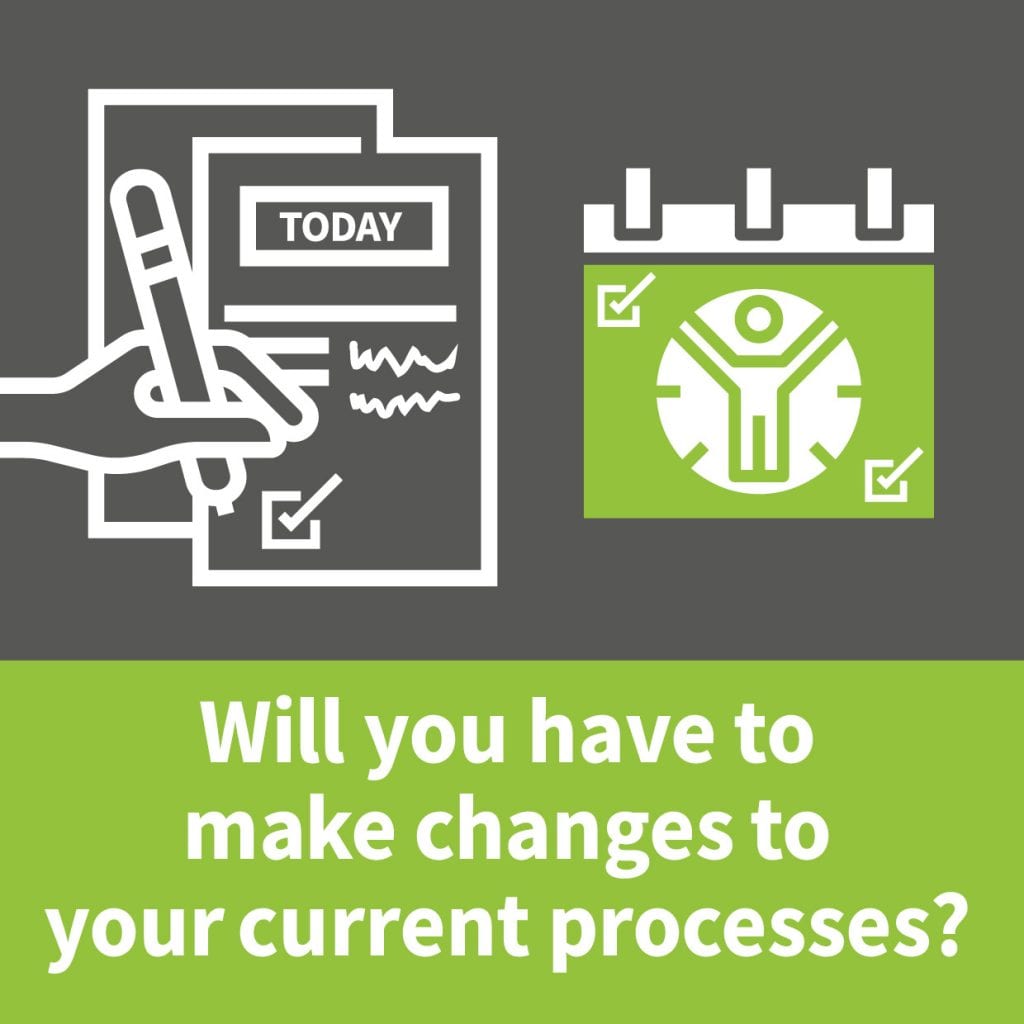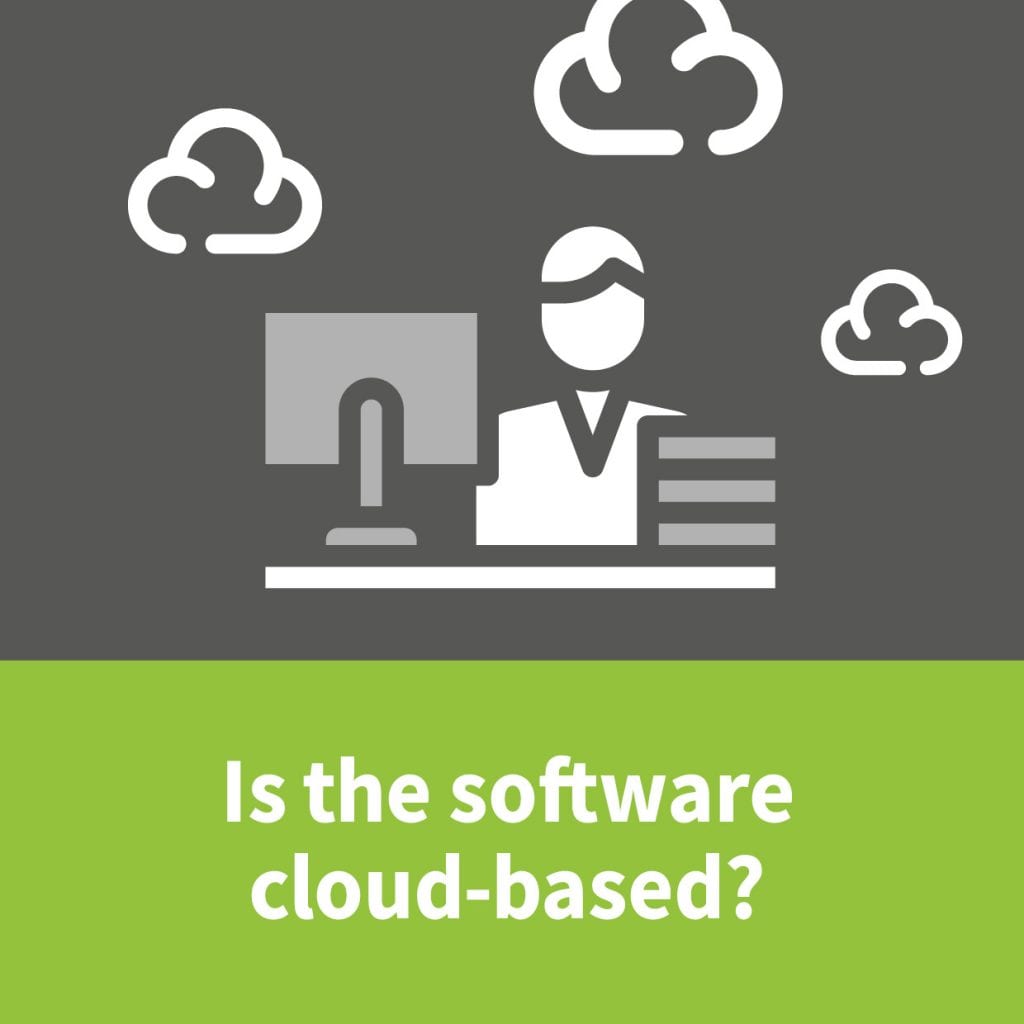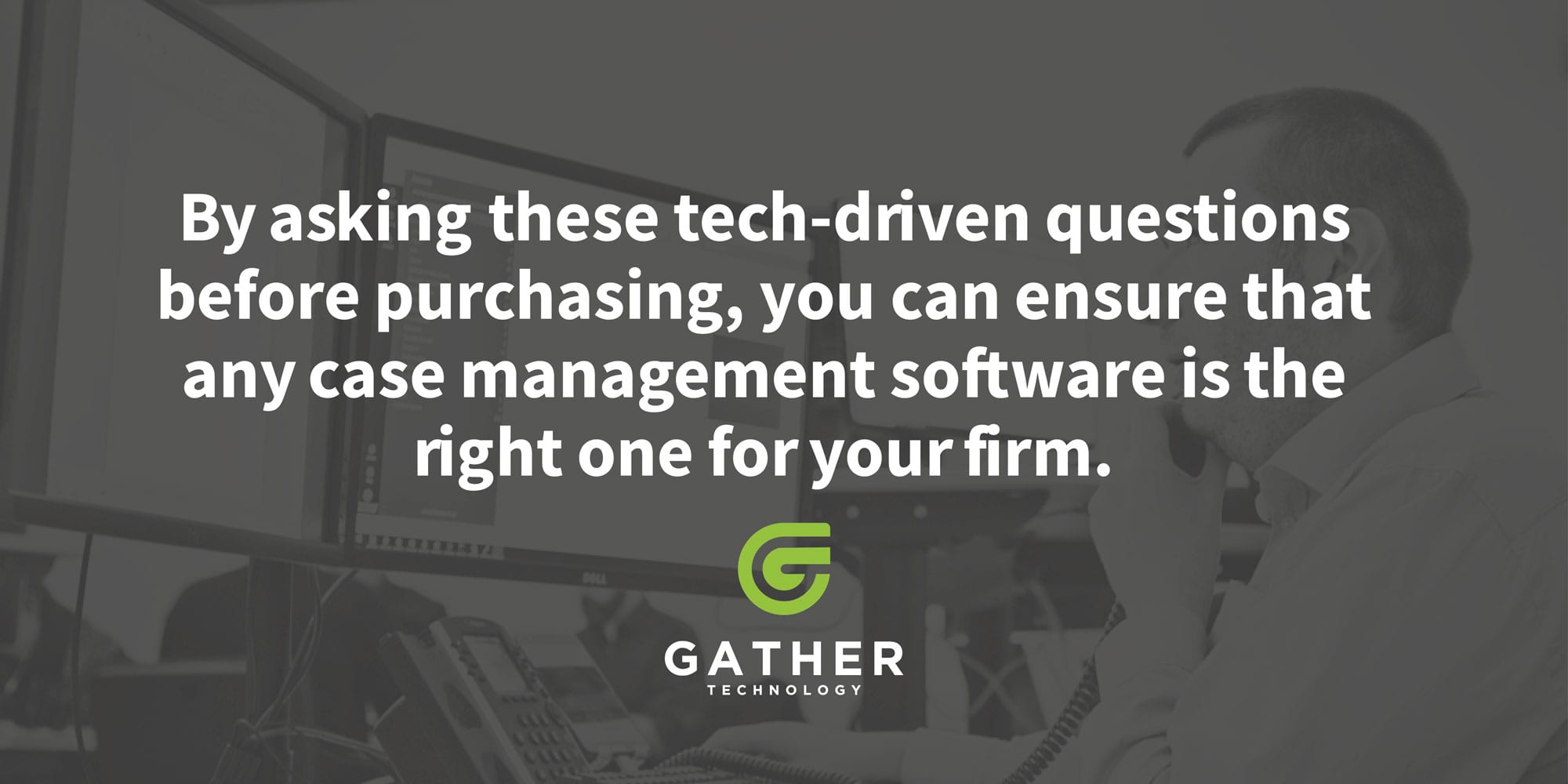Nine Questions to Help Choose the Right Case Management Software
Considering updating your case management software? We've put together a few technology-specific questions and tips that will help ensure you purchase the right software for your firm.
Case management software has become an industry standard for law firms across the UK. It provides ready access to the information, tools, and resources any firm needs to be proactive on exceeding their client’s expectations.
By investing in the right legal software, efficiency and collaboration at your firm are increased. Both your clients and employees will benefit from using an optimal experience/technologies.
There are a few key factors that will determine whether the software is a success in your business.

1. Decide who is going to own the software
The majority of case management software is not offered as a managed service and, once the initial implementation is complete, it’s up to you to look after the work flows and customisations.
2. Select the product that works for your business without you making lots of changes to your processes.
Software should fit your business, not the other way around. Not only is this common sense but it will make successful adoption among your users much more likely than if they have to do everything differently than before.


3. If possible, choose software that is based in the cloud.
In this day and age, the cloud is almost always the way to go for reasons that don’t need to be explained here.
If a vendor is still trying to sell you an on-premise solution and they don’t have a cloud option, that should be a red flag.
4. Ask the vendor where your data is going to be held!
Many cloud-based solutions are built on platforms such as Microsoft Azure and Amazon Web Services – all world-class but they have data centres all over the world.
Be careful to ask the questions, where is my data held and what are the legalities associated with this location?


5. How secure is the system?
This is where you are storing your clients’ data and personal information. Make sure that the software you’re choosing has adequate controls for accessing this data.
6. One of the biggest costs associated with most case management software projects is the migration of legacy data.
This is unavoidable but make sure that you are getting all of the data and that it’s going to be done for you! It’s one thing to run a legacy system during a transitional phase but you don’t want to be keeping it indefinitely.


7. Work out how you’re going to access the system remotely.
In a post-pandemic world, this should be obvious but don’t take it as a given. If you’re going to a cloud based system, this ought to be straightforward but if not, you might end up needing some pretty complex infrastructure
to support remote working.
This is where you are storing your clients’ data and personal information. Make sure that the software you’re choosing has adequate controls for accessing this data.
8. How does it integrate with the technology you're already using?
There will invariably be some level of integration with your current software stack so make sure it works before you commit!


9. Ensure that your current work flows will work post-migration.
Especially the most important ones, for example, will you automatically be prompted to record time after sending an email to a client? If you need to upload a file that you're working on to a client's file, what's the process for that? Small details can cause a huge amount of pain if not considered in advance.

Investing in the right choice of case management software can improve efficiency, drive productivity and actively help you to grow your firm by engaging clients and employees in an optimal user experience – don’t make the mistake of underestimating the importance of this decision.
Was this article helpful?
Click HereInterested in improving your law firm's use of technology? Read our white paper on Six Steps to Becoming a Tech-Driven Law Firm.
It has easily actionable steps to help you transform your firm's approach to IT and ultimately, increase your billable hours.





